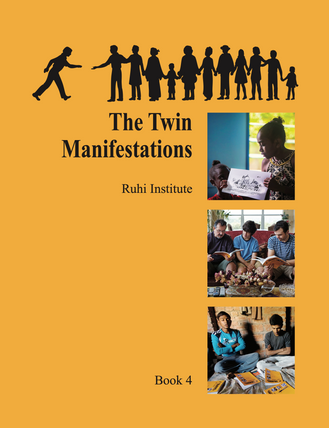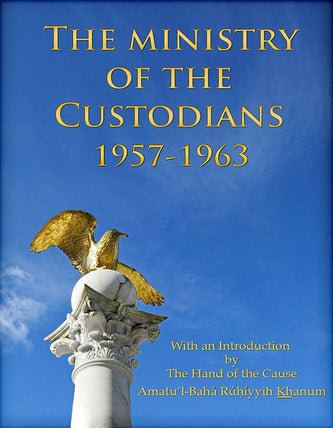‘Adasíyyih
In 1901, ’Abdu’l-Bahá acquired a barren plot in present-day Jordan—described as “the most inhospitable place on Earth”—and entrusted it to Bahá’í pioneers from Iran. Under His vision and ceaseless encouragement, these settlers transformed scrubland into ‘Adasíyyih: a flourishing farm and cohesive village rooted in principles of service, unity, and stewardship. Alongside other Bahá’í communities in the Galilee, ‘Adasíyyih’s agricultural surplus sustained thousands during World War I, earning ’Abdu’l-Bahá a British knighthood that He humbly declined to use. Over time, ‘Adasíyyih became a model for regenerative agriculture in Jordan, drawing visits from the royal household and inspiring national community-building efforts.
Drawing on meticulous archival research and his expertise in agro-ecological systems, Paul Hanley situates ‘Adasíyyih within the Bahá’í tradition of gardening and land cultivation—from Bahá’u’lláh’s earliest writings to the establishment of the World Centre’s holy gardens. In an era of climate uncertainty and food insecurity, Hanley’s narrative demonstrates how spiritual values...Show More
In 1901, ’Abdu’l-Bahá acquired a barren plot in present-day Jordan—described as “the most inhospitable place on Earth”—and entrusted it to Bahá’í pioneers from Iran. Under His vision and ceaseless encouragement, these settlers transformed scrubland into ‘Adasíyyih: a flourishing farm and cohesive village rooted in principles of service, unity, and stewardship. Alongside other Bahá’í communities in the Galilee, ‘Adasíyyih’s agricultural surplus sustained thousands during World War I, earning ’Abdu’l-Bahá a British knighthood that He humbly declined to use. Over time, ‘Adasíyyih became a model for regenerative agriculture in Jordan, drawing visits from the royal household and inspiring national community-building efforts.
Drawing on meticulous archival research and his expertise in agro-ecological systems, Paul Hanley situates ‘Adasíyyih within the Bahá’í tradition of gardening and land cultivation—from Bahá’u’lláh’s earliest writings to the establishment of the World Centre’s holy gardens. In an era of climate uncertainty and food insecurity, Hanley’s narrative demonstrates how spiritual values can guide practical innovations in community agriculture, offering a timeless blueprint for resilient, faith-inspired development.
History of the Faith |
Relationship with Nature
- Contributors:: Paul Hanley (Author)
- Format: Softcover book | 338 pages
- Dimensions: 152 x 229 x 23 mm
- Publisher: Bahá'í Publishing (USA), 2024
- ISBN: 9781618512468
- SKU: HANLE_ADASI@p
History of the Faith |
Relationship with Nature
- Contributors:: Paul Hanley (Author)
- Format: Softcover book | 338 pages
- Dimensions: 152 x 229 x 23 mm
- Publisher: Bahá'í Publishing (USA), 2024
- ISBN: 9781618512468
- SKU: HANLE_ADASI@p
-
Email Author
An email will be sent on your behalf to the author. Engagement in further correspondence is up to the author.
































































